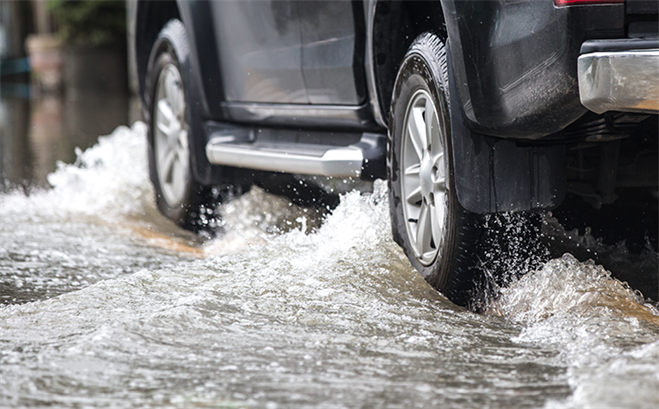Using Tech to Handle a Hurricane
July 20, 2021 by Kate Nadolski

Because a disaster can strike anytime, anywhere, first responders are thoroughly trained to handle a crisis. That’s why dispatchers and law enforcement officers in Lehigh County, Pennsylvania, were more than ready when a hurricane made its way into town.
Hurricane Isaias was a large storm affecting most of the east coast in August of 2020. 911 Operations Coordinator with the Lehigh County Communication Center Dan Bellesfield said Pennsylvania was hit especially hard with major flooding.
“We weren’t battling tropical winds, but we were inundated with a huge amount of rain. We’re talking extreme excessive rainfall in our area,” said Bellesfield.
Lehigh County dispatches for roughly 17 police, 50 fire, and eight EMS agencies. These departments serve more than 360,000 people in the area covering 348 square miles, including Allentown, which is the third-largest city in the state. With a large population, comes a large call volume, especially in a crisis event like a hurricane.
“On average, we deal with between 500-600 calls per day into our facility,” said Bellesfield. “The day of the storm, we generated more than 1,000 calls for service in our computer-aided dispatch system, which is more than double our county’s normal call volume.”
Bellesfield said his agency worked diligently to answer every call and respond appropriately, sending help to hundreds of people in need. He said dispatchers used their CAD technology to assist them when handling the heavy call volume.
“In addition to our dispatchers, the system performed extremely well, and we had no issues with performance in any way,” explained Bellesfield. “We saw no system latency or hesitation; the system just did what it needed to do with no trouble.”
Before the storm hit, Bellesfield did what he could to prepare his staff.
“Before any major storm, we normally reach out to support and ask for a system health check just to be safe,” said Bellesfield. “In this instance, the support team did a thorough check and made sure everything was where it needed to be.”
Bellesfield said he believes what assisted dispatchers the most was the ability to be flexible when managing their work in the system.
“When you’re dealing with a very large call volume, we make the dispatcher's roles a bit more granular,” explained Bellesfield. “We might have one person focused on handling all pump calls and they can build a screen in real time that shows only pump calls. This allows the person to focus on what they were assigned to do, instead of worrying about the hundreds of active calls about something different.”